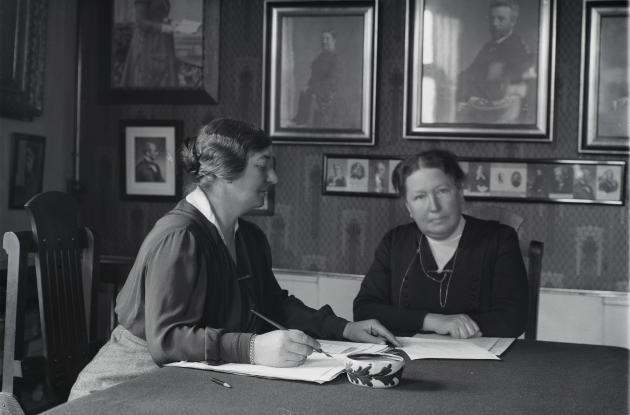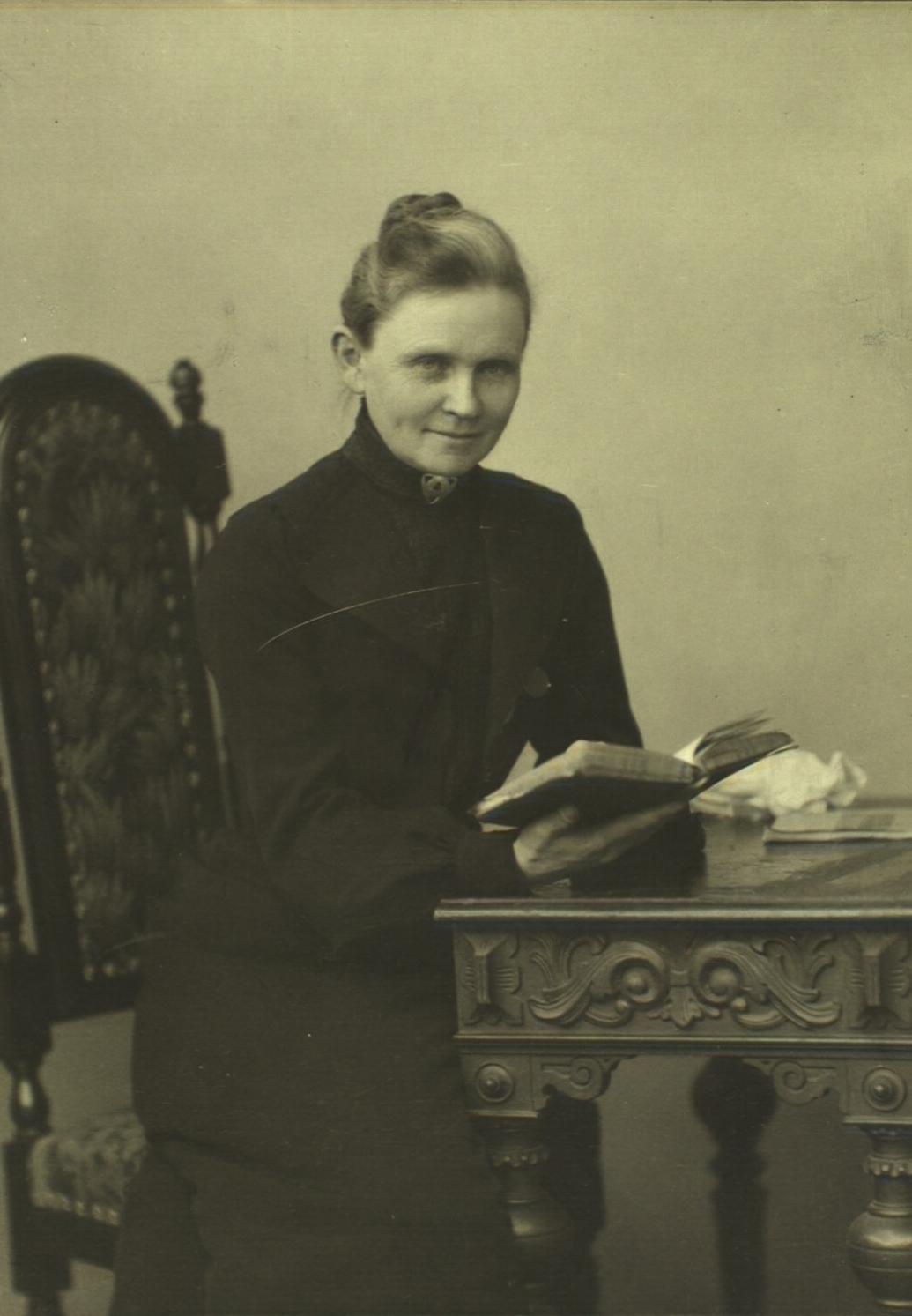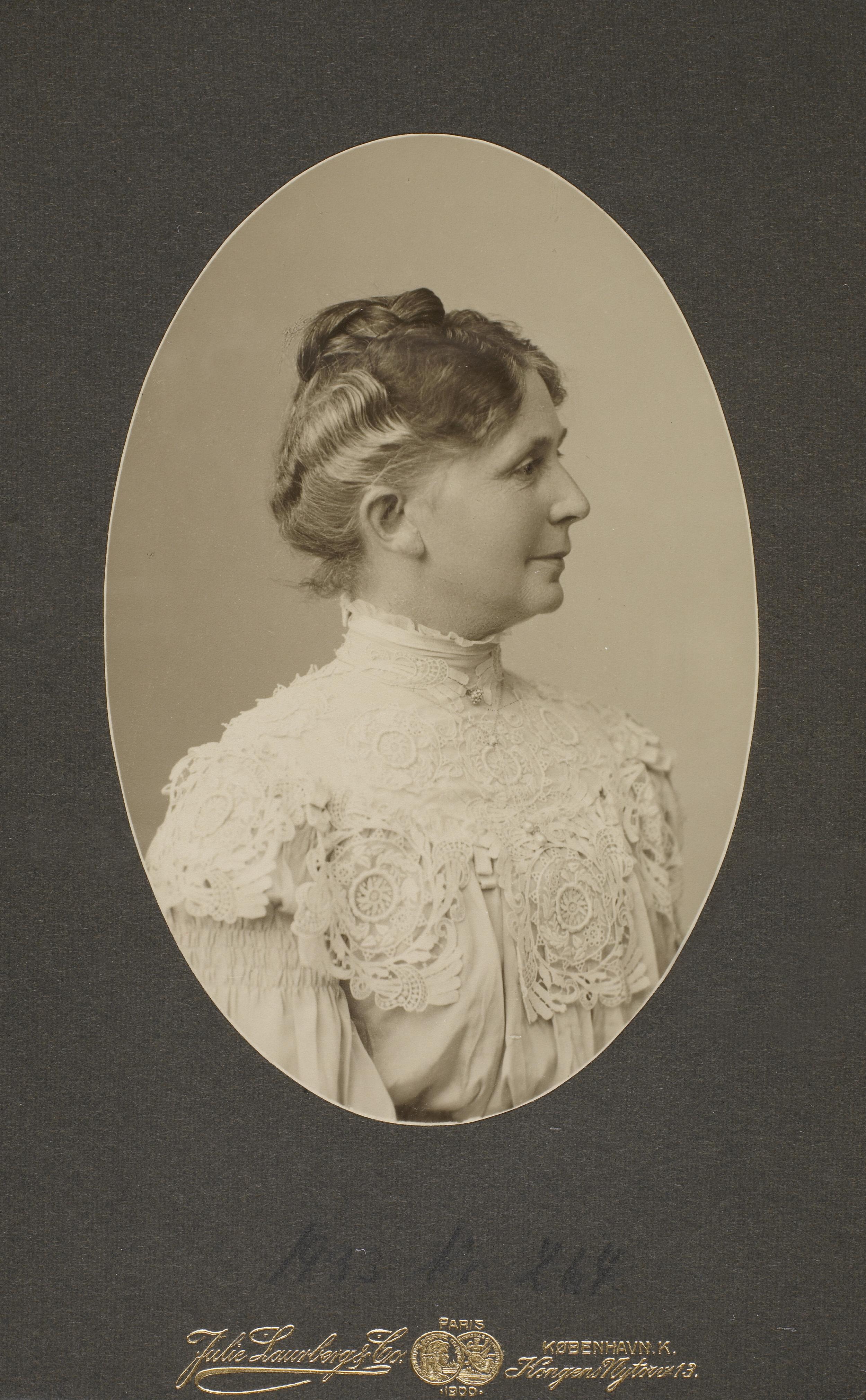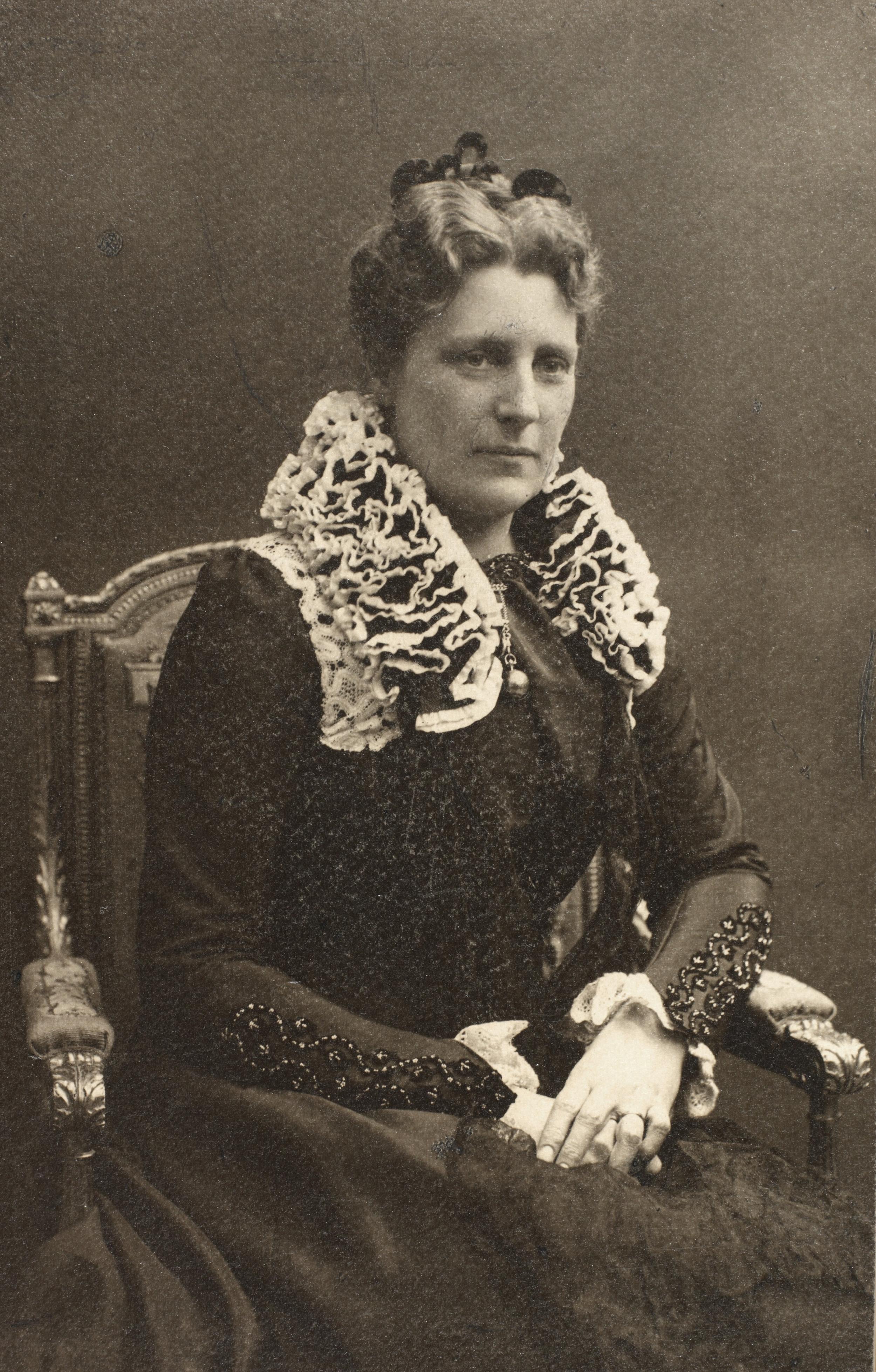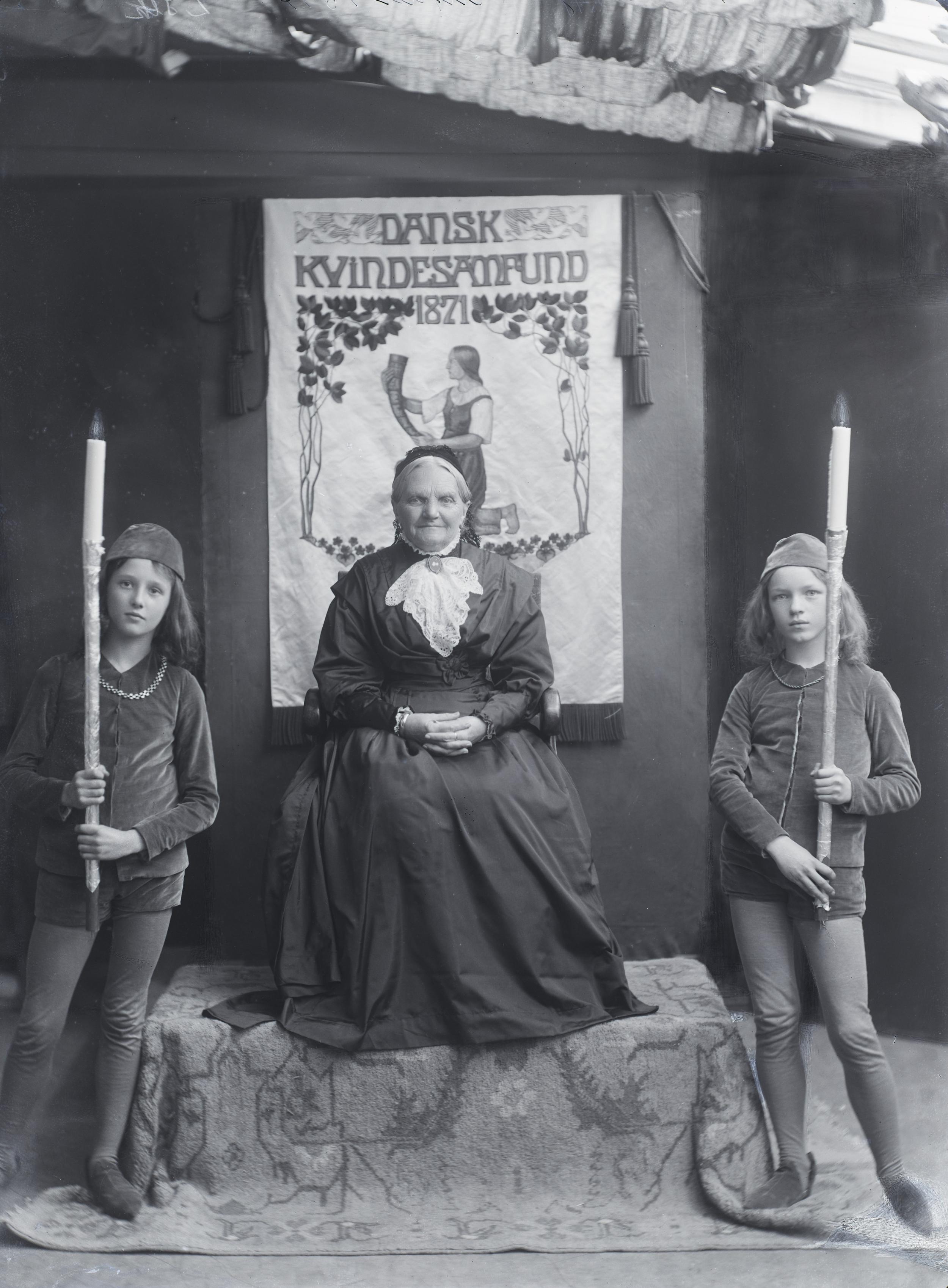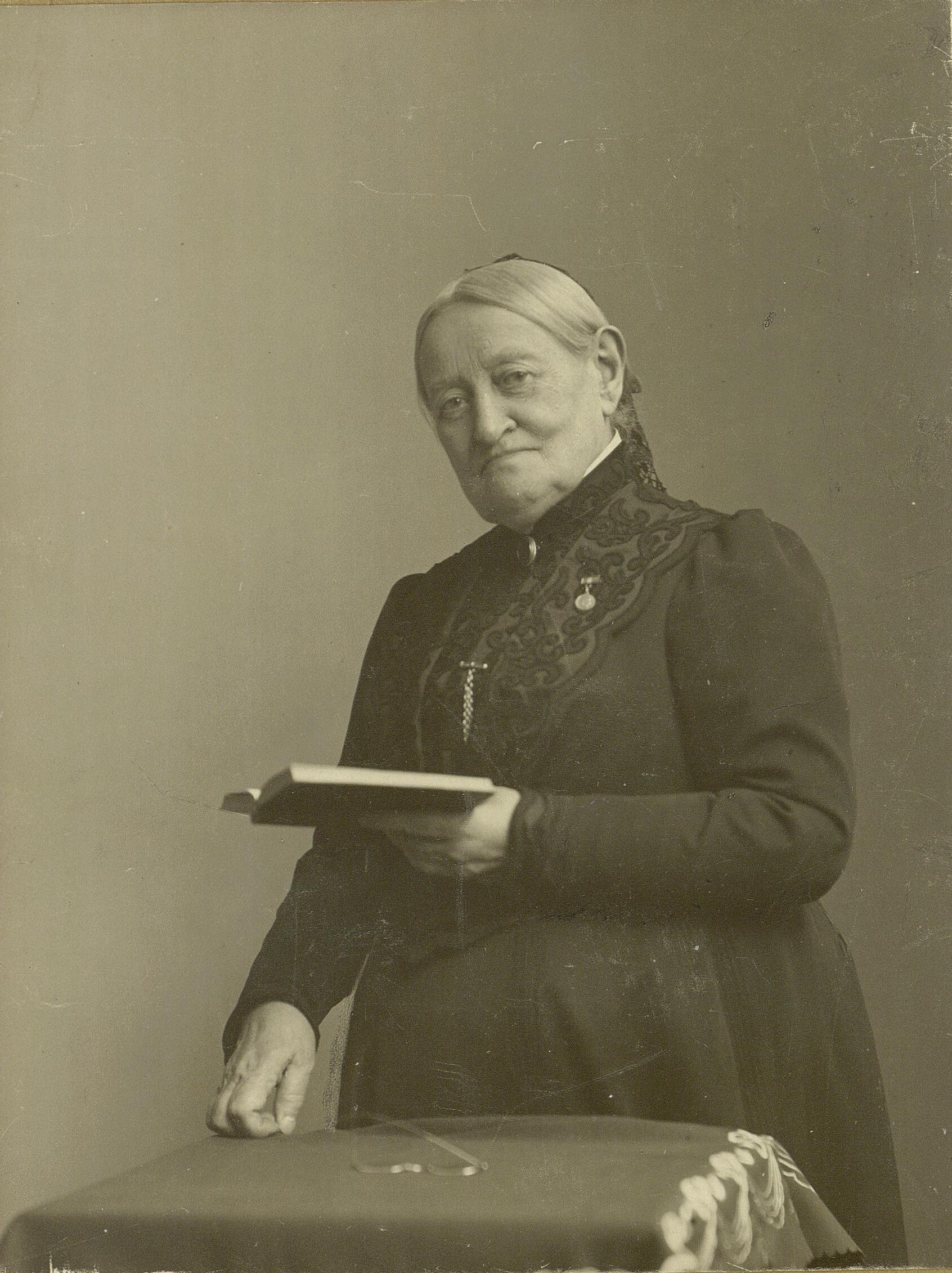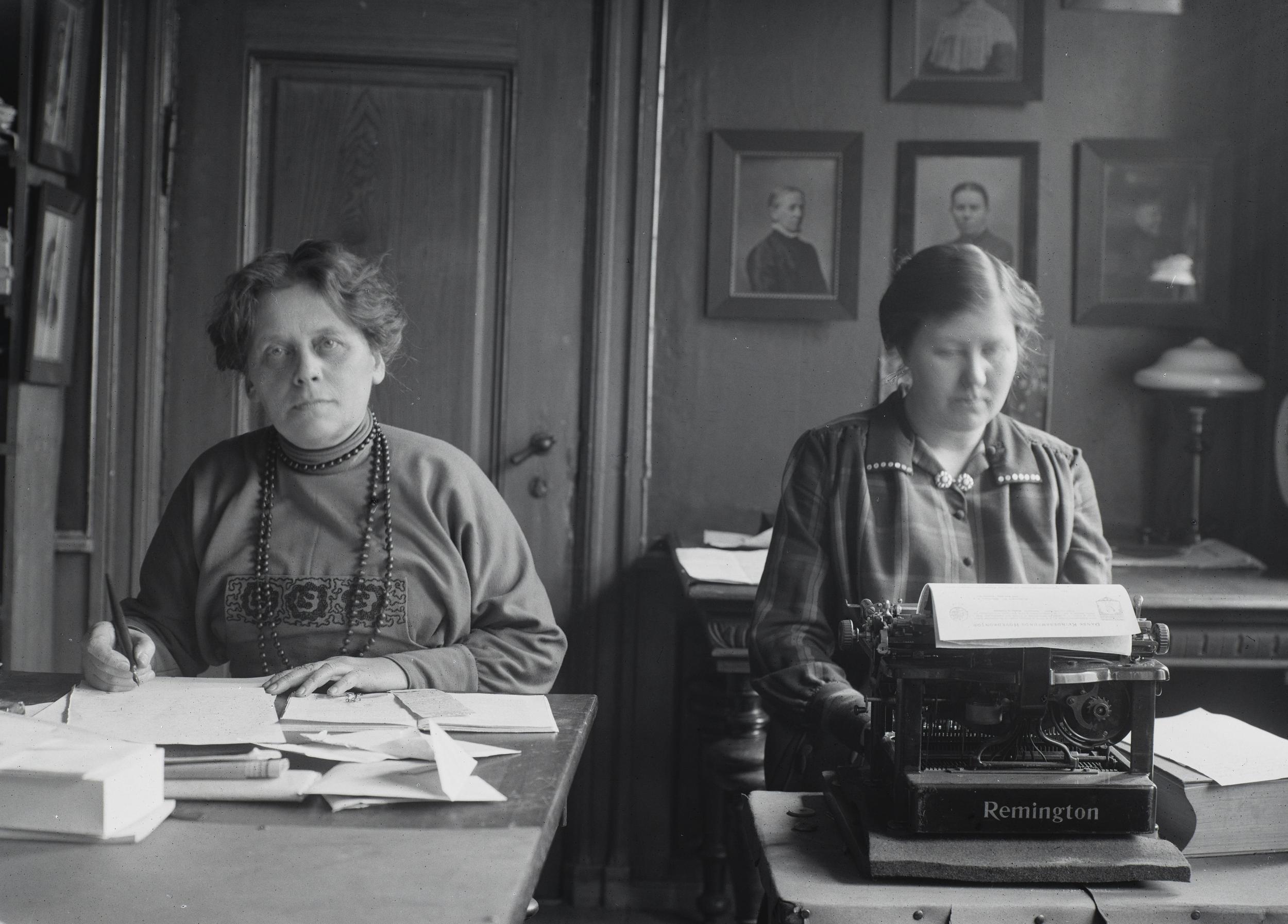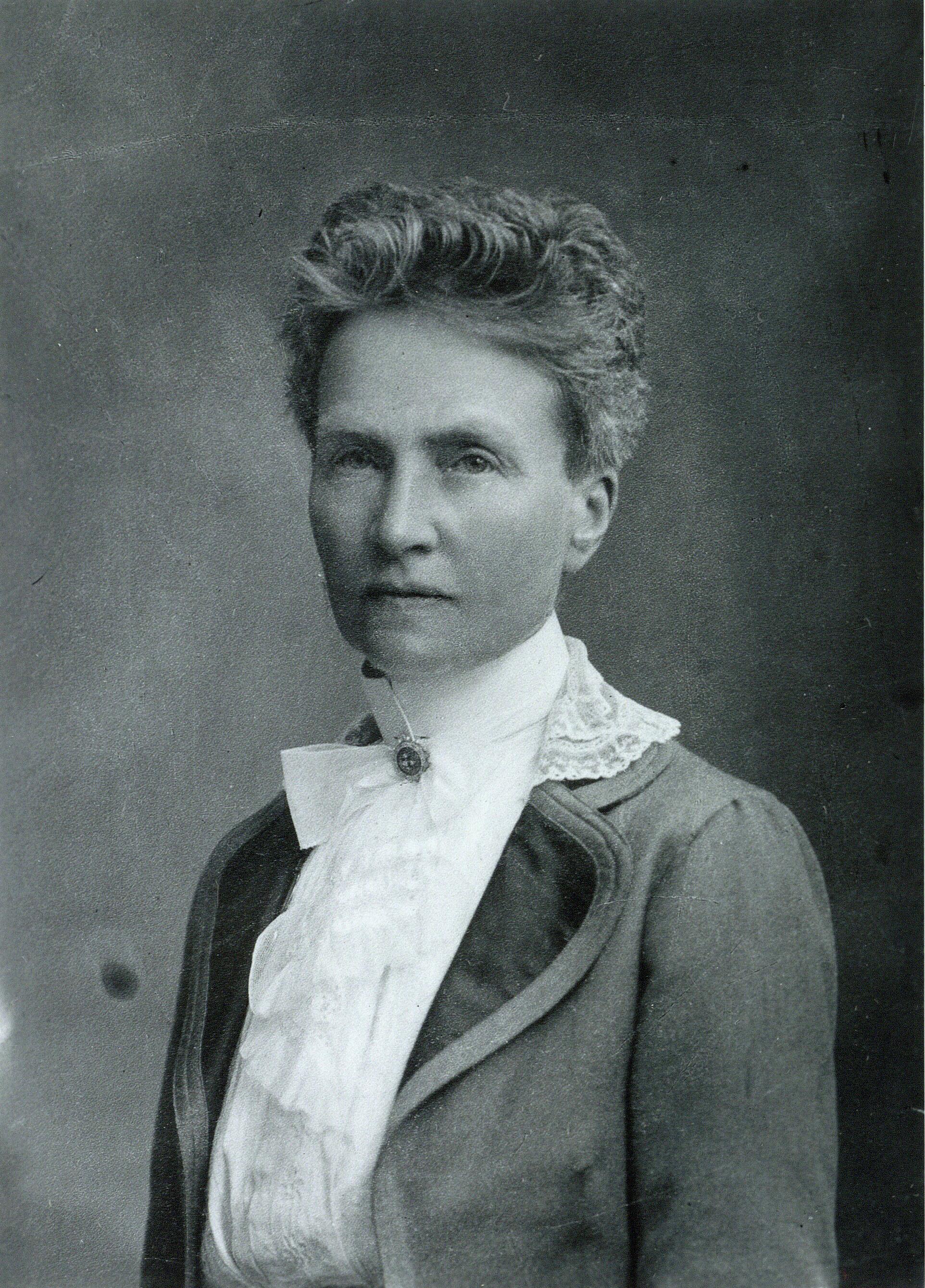Feminism in the parliament
The leading figures of the women's movement were all photographed by Laurberg and Gad. The couple were themselves active in the movement.
At the end of the 19th century, the women's movement grew strong. Women from the upper classes of society fought for equal rights, and the Danish Women's Association was founded in 1871. The initiative came from the married couple Matilde and Fredrik Bajer, and they won great support.
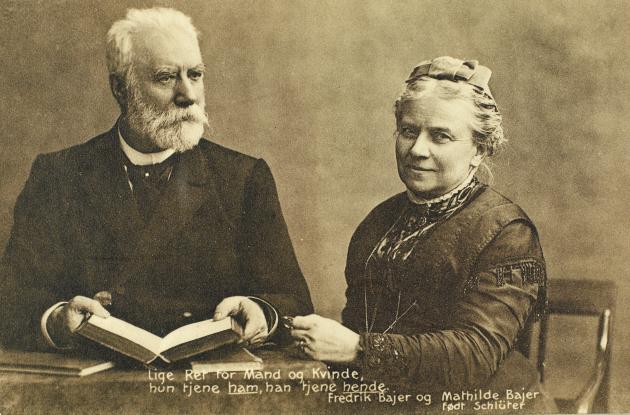
Photo: Laurberg og Gad
In the Danish Women's Association, opinions were divided about what goals the association should have. For some, the most important thing was to be recognized for the work women did at home for husband and children. For others, education, economic independence and the right to vote were the most important. It was not until 1915 that women succeeded in getting the right to vote, and this was, among other things, the merit of Julie Laurberg. She joined the women's movement and fought for the right to vote, just as she fought for more female photographers.
When they succeeded in getting the right to vote in 1915, a collective group of women went on a suffrage march to Amalienborg, and many photographers turned up to document it. Julie Laurberg was also there, but she was not content with taking photographs. She also shot a movie. It caused a stir because it was in the film's infancy. The photographer Peter Elfelt created the first Danish film in 1897, Nordisk Film was in the process of film production, but it was still unusual to see a photographer in the streets, and especially a woman.
After the commemoration, the Danish Women's Association decided to have portraits of important women's advocates taken and hung in the Town Hall. It turned into small "Medaillons in carbon print", which Julie Laurberg executed together with Franziska Gad and the painter Erik Struckmann. Laurberg and Gad have also photographed Danish women's advocates in other contexts.
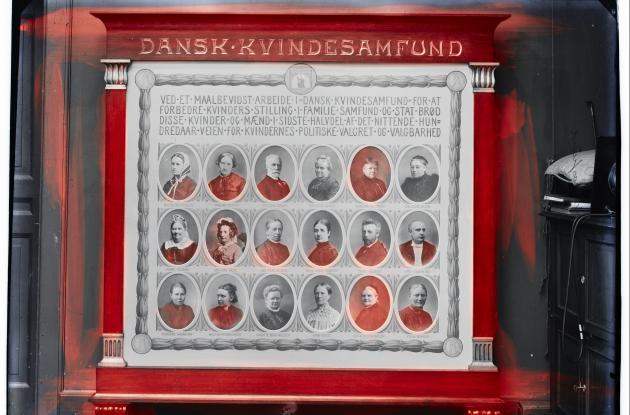
Photo: Laurberg og Gad
Laurberg and Gad in Digital collections
Royal Danish Library has a collection of 4,400 negatives by Julie Laurberg and Franziska Gad. It has been digitised and made available in Digital Collections. Here you can also find many paper images, both portraits and architectural images, from Laurberg and Gad's studio.
